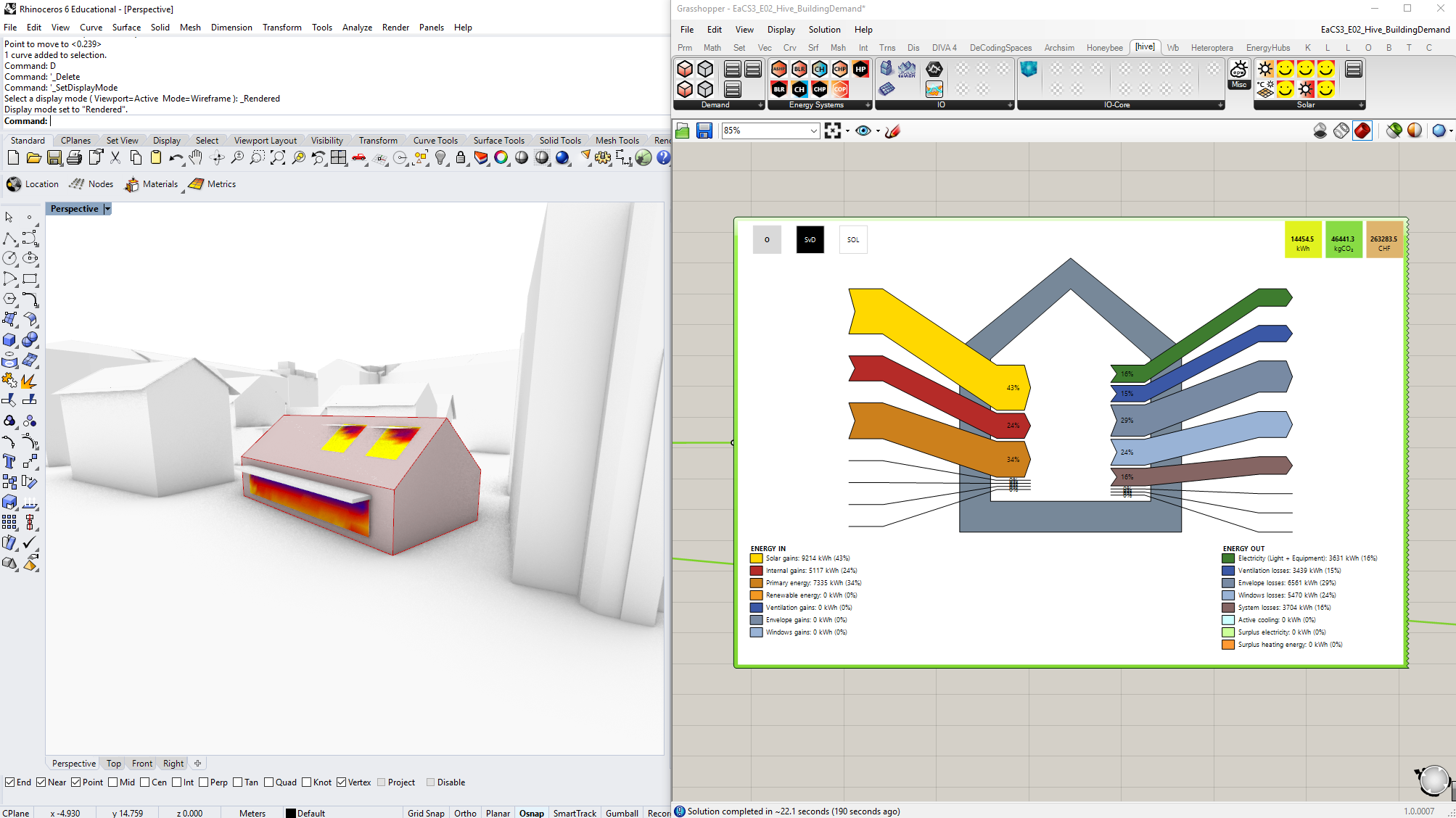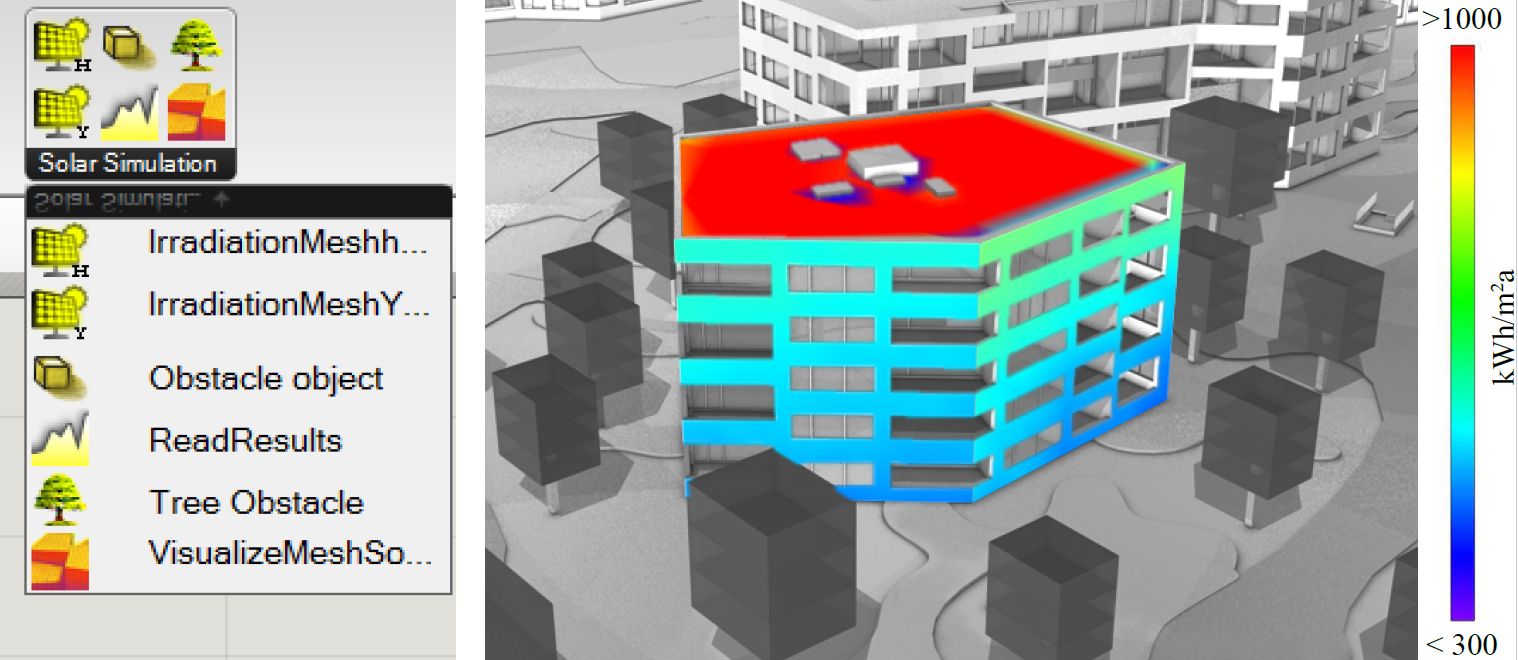Hive



Development /
2018–2021
Funding /
ETH Innovedum
A/S Team /
C. Waibel, A. Elesawy, D. Thomas, I. Hischier, L. Walker, A. Schlueter
Selected Publications /
1 / C. Waibel, D. Thomas, A. Elesawy, I. Hischier, L. Walker, A. Schlueter. “Integrating energy systems into building design with Hive: Features, user survey and comparison with Ladybug and Honeybee tools”, 17th International Conference of the International Building Performance Simulation Association (BS 2021), Bruges, Belgium, September 1-3, 2021. ETH Zurich Research Collection.
2 / C. Waibel. "How smart grids will change the way architects have to design buildings", Energy Blog @ ETH Zurich, December 4th, 2020, online: https://blogs.ethz.ch/energy/smart-grids/
3 / L. Walker. "Photovoltaics on Buildings – Ugly and Expensive or an Opportunity for Creative Design?", Energy Blog @ ETH Zurich, February 1, 2020, https://blogs.ethz.ch/energy/building-integrated-photovoltaics/
"Hive" is an ETH Innovedum-funded software tool for Rhinoceros 3D and Grasshopper, developed by the chair of Architecture and Building Systems (A/S) for integrated building energy systems design in teaching. The purpose of Hive is to provide an easily comprehensible tool for architecture students that helps them understand the relation of their design proposals to building performance and (renewable) energy systems.
Hive in teaching
Hive as a didactic tool is specifically tailored to teaching with the overarching goal that students learn to understand performative consequences of their design decisions on energy efficiency, comfort, cost and emissions, without needing to bother with the many technicalities and details that come with fully fledged simulation programs. Hive also introduces a major change in the way we will conduct our teaching: the courses “Energie-und Klimasysteme 1 / 2” and “Energy- and Climate Systems 3” will become interactive with in-class Rhino Grasshopper exercises, and these exercises will complement the traditional input lectures. Hive is used in class starting from autumn semester 2020/21 in Energy- and Climate Systems 3.
Hive simulation models
The focus of Hive lies on monthly energy demand assessment for cooling, heating and electricity, as well as an integrated consideration of renewable energy system technologies, particularly building integrated Photovoltaic (BIPV). The purpose of Hive is to be accessible, easily comprehensible and fast, such that it does not hinder the creative design process but rather supports it. Therefore, most of the physics core is hidden from the user (but accessible).
Hive software architecture
Conceptually, we aim to design Hive as an input-output framework: The user can focus on the building design (input) and its consequences on energy performance (output), while hiding complex simulation parameters and settings from the student / architectural designer in a so-called simulation core. The benefit of such a software architecture is that we can use 3rd party grasshopper components in a modular way. Consequently, in future developments we intend to couple Hive to the LCA tool "Bombyx" from the ETH chair of Sustainable Construction, Honeybee and Ladybug tools for Daysim and EnergyPlus, and AirFlow with Fast Fluid Dynamics.
